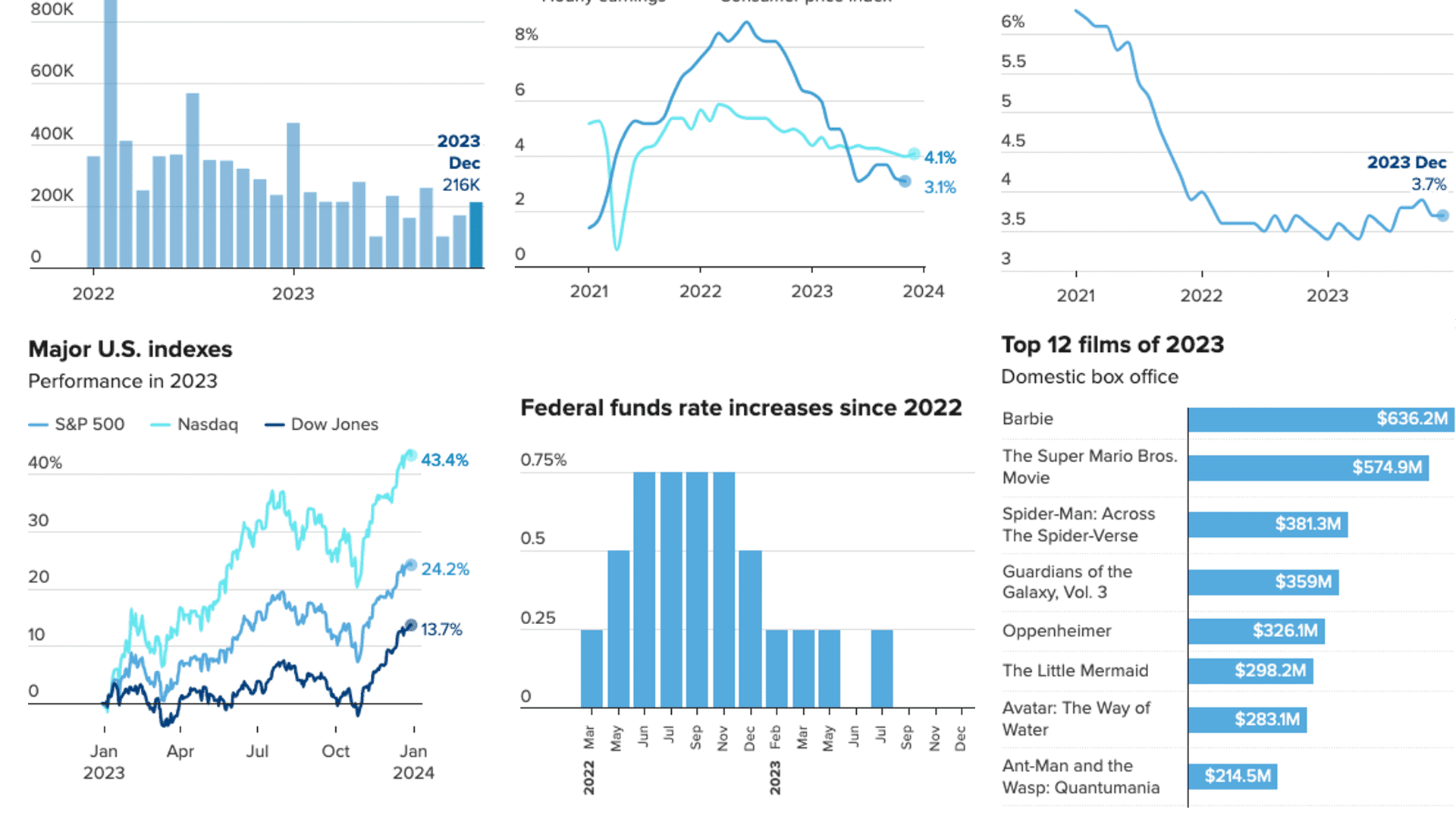Bank of England keeps rates at 5.25% in ‘finely balanced’ decision; traders lift bets for August cut

LONDON — The Bank of England on Thursday opted to keep interest rates steady at its June meeting, but described the decision as “finely balanced” after U.K. inflation hit its 2% target.
Money market pricing lifted the prospect of an August rate cut to nearly 50-50 on what investors perceived as subtly dovish messaging.
The central bank’s key rate is at a 16-year high of 5.25%, where it has stood since August.
Seven members of the Monetary Policy Committee voted to hold, while two favored to cut by 25 basis points. The result mirrored the vote in the May meeting. A basis point equals one-hundredth of a percentage point.
In a statement, the MPC noted inflation had reached the central bank’s target and said indicators of “short-term inflation expectations” and wage growth had eased.
It was “very difficult to gauge the evolution of labour market activity” because of uncertainty around estimates from the Office for National Statistics, the MPC added.
In a repeat of previous messaging that some analysts had thought it may drop, the Bank of England again said monetary policy needs to “remain restrictive for sufficiently long to return inflation to the 2% target sustainably.”
Inflation data on Wednesday showed headline price rises cooled to 2% in May, hitting the target ahead of the U.S. and the euro zone, despite the U.K. suffering a sharper spike in inflation over the last two years.
However, economists said the U.K.’s continued high rates of services and core inflation suggest the potential for ongoing upward pressure.
The central bank’s decision to hold comes just two weeks out from a general election in which the state of the economy and proposals for rebooting sluggish growth have emerged as key battlegrounds.
Despite speculation that the politically independent BOE might act more cautiously as a result of the upcoming vote, Governor Andrew Bailey had emphasized that it would remain focused on its own data.
‘Finely balanced’
Attention will now turn to the prospects of an August rate cut. Money market pricing indicated a nearly 50% chance of this following Thursday’s statement, higher than the previous day.
The MPC said that among the seven members who voted to hold, there was disagreement over the level of accumulated evidence that would be required to warrant a cut and thus their decision was “finely balanced.”
Some believed that key indicators of inflation persistence “remained elevated,” with particular concern in services, strong domestic demand and wage growth. Others, however, felt hotter-than-expected services inflation in May had not significantly affected the U.K.’s overall disinflation trajectory.
Ruth Gregory, deputy chief U.K. economist at Capital Economics, said in a note that “several developments implied a rate cut is getting closer,” including the “finely balanced” comment and the fact that the BOE’s overall tone had not become any more hawkish than the prior month.
The chance of a summer interest rate cut is higher than the 30% to 40% that was previously being priced by markets, according to James Smith, developed markets economist at ING.
“I think the inflation numbers, services inflation … I think the road is still down for that, and I think they’ll [the BoE] remain reasonably confident,” Smith told CNBC’s Silvia Amaro following Thursday’s announcement.
“A bit like the [European Central Bank], I think they’ve got more confidence in their inflation forecasting ability than maybe six to 12 months ago,” Smith said.
Other central banks in Europe have already begun to ease monetary policy, including the ECB, Swiss National Bank and Sweden’s Riksbank, as they seek to reboot economic growth.
That’s even as the U.S. Federal Reserve, often viewed as the central bank leader due to the U.S.’s outsize influence on the global economy, has left traders pondering when its first rate cut will come. Money market pricing suggests a 65% chance of a September cut in the U.S., according to LSEG data.
The British pound extended losses against the U.S. dollar, trading 0.3% lower at $1.267 at 1 p.m. in London.




